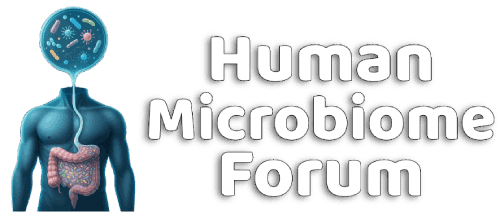Otto Kretschmer
Member
- Joined
- Feb 12, 2024
- Messages
- 43
Do we know what is the average engraftment/success rate of FMT and what are the possible factors increasing it's efficiacy?
Clinical response and its relationship with microbiome engraftment
Some clinical studies consider FMT a success when the desired clinical outcome is achieved, but microbiome engraftment should be considered independently of the clinical success of the treatment. This distinction will enable researchers to detangle the effect of the FMT engraftment from other factors. Similarly, in some model organism studies, researchers use FMTs in an attempt to mimic the human microbiome of specific diseases in mice. However, it is common for these studies to have limited engraftment assessment, which makes it difficult to evaluate whether observed phenotypes are due to modeled gut microbiome or other factors.
Clinical response and its relationship with engraftment extent (and other microbiome-level processes) is still an active area of research, and like the definition of clinical response, is likely to vary by disease. Many studies find positive correlation between engraftment signal and clinical response, and in a meta-analysis of 24 FMT cohorts, Ianiro et al. found a significant relationship between clinical response and increased percentage of donor strain engrafted, although they did note that the percentage associated with clinical success varied across the cohorts. Other studies have observed a lack of correlation between percent of donor strain engrafted and clinical response, which suggests that relevant microbiome-related factors exist that are not captured in the approach used for quantifying engraftment, or that a high extent of donor strain engraftment is not necessary to achieve clinical success for some diseases. The latter seems to be the case for rCDI, where FMT is most developed as a treatment, and the field is now moving toward treatment options composed of specific, known microbes that are most associated with clinical response, and moving away from whole microbiome transfer from fecal material. For other applications of FMT, such as restoring an individual’s gut microbiome following chemotherapy with autoFMT, microbiome richness following FMT seems to be most associated with clinical success.
A consistent methodology for assessing diverse aspects of engraftment extent will facilitate comparing results across studies and allow us to best understand and communicate what aspects, if any, of the FMT are most impactful and should be optimized to maximize clinical response for a given disease.
ABSTRACT
Fecal Microbiota Transplant (FMT) is a treatment for recurrent Clostridium difficile infections and is being explored for other clinical applications, from alleviating digestive and neurological disorders, to restoring microbiomes impacted by cancer treatment. Quantifying the extent of engraftment following an FMT is important in understanding a recipient’s response to treatment. Engraftment and clinical response need to be investigated independently to evaluate an FMT’s role (or lack thereof) in achieving a clinical response. Standardized bioinformatics methodologies for quantifying engraftment extent would not only improve assessment and understanding of FMT outcomes, but also facilitate comparison of FMT results and protocols across studies.
Here we review FMT studies, integrating three concepts from microbial ecology as framework to discuss how these studies approached assessing engraftment extent: 1) Community Coalescence investigates microbiome shifts following FMT engraftment, 2) Indicator Features tracks specific microbiome features as a signal of engraftment, and 3) Resilience examines how resistant post-FMT recipients’ microbiomes are to reverting back to baseline.
These concepts explore subtly different questions about the microbiome following FMT. Taken together, they provide holistic insight into how an FMT alters a recipient’s microbiome composition and provide a clear framework for quantifying and communicating about microbiome engraftment.
